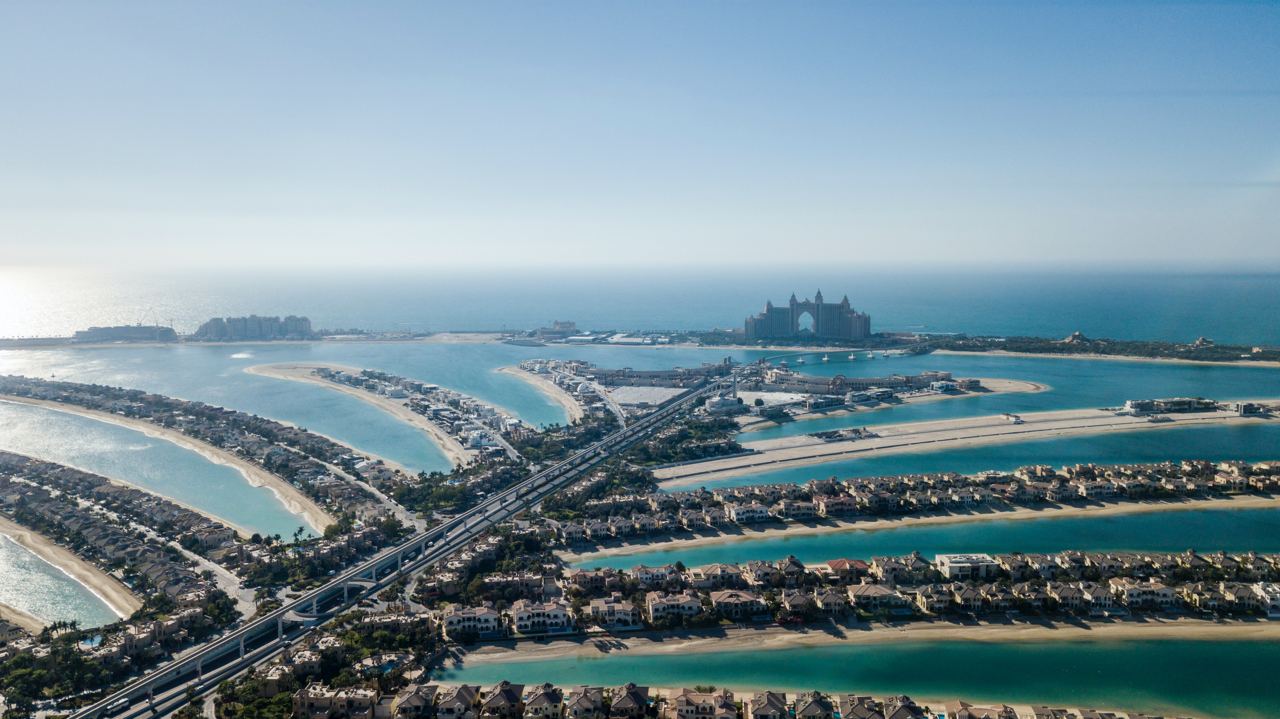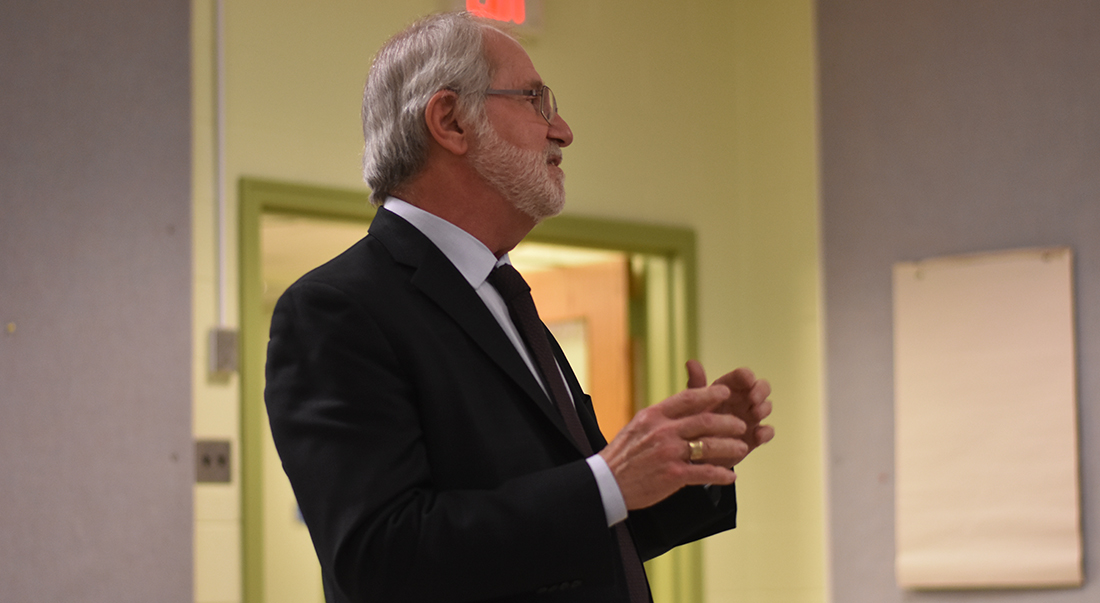Manila Bay's Alive And Well? Examining Its Future

Table of Contents
The Current State of Manila Bay: A Mixed Bag
The rehabilitation of Manila Bay has yielded some significant successes. Improved water quality in certain areas is evident, thanks to ongoing Manila Bay rehabilitation efforts. These efforts encompass a multi-pronged approach addressing pollution, sewage, and plastic waste. The results are encouraging:
- Improved Water Quality: In specific areas, particularly near the baywalk, water quality has shown measurable improvements, indicated by reduced levels of coliform bacteria. While not uniform across the entire bay, this progress is a positive sign.
- Return of Biodiversity: The return of several bird species, such as the Philippine Egret, and a modest increase in certain fish populations, suggest that the ecosystem is responding to the cleanup efforts. This indicates a gradual improvement in biodiversity.
- Persistent Pollution Hotspots: However, challenges remain. Significant pollution hotspots persist, largely concentrated near heavily populated areas and industrial discharge points. These areas require intensified cleanup efforts.
- Quantifiable Data: While comprehensive data is still being collected and analyzed, initial assessments show a noticeable, albeit uneven, reduction in pollution levels – approximately a 20% decrease in fecal coliform levels in certain monitored areas since the start of the major rehabilitation program.
Threats to Manila Bay's Continued Recovery
Despite the progress, several factors continue to threaten Manila Bay's sustained recovery. These include:
- Pollution Sources: Untreated sewage from informal settlements remains a major source of pollution. Industrial discharge, containing heavy metals and other harmful substances, also significantly impacts water quality. Improper waste management leads to substantial quantities of plastic waste accumulating in the bay.
- Climate Change Impacts: Climate change poses a significant threat through rising sea levels, increased storm intensity, and alterations in water temperature, all of which disrupt the delicate balance of the bay's ecosystem. Coastal erosion further exacerbates the problem.
- Enforcement Challenges: Enforcing environmental regulations remains a considerable challenge, requiring stronger collaboration between government agencies and local communities.
- Unsustainable Tourism Practices: Rapidly growing tourism, if not managed sustainably, can contribute to pollution, habitat destruction, and increased pressure on the bay's resources.
Sustainable Solutions for Manila Bay's Future
Securing a sustainable Manila Bay's future demands a concerted and holistic approach. Key strategies include:
- Improved Waste Management: Implementing comprehensive and efficient waste management systems, including robust recycling programs and improved sewage treatment facilities, is crucial.
- Community Involvement: Actively engaging local communities in cleanup efforts and environmental education programs fosters a sense of ownership and responsibility.
- Stricter Regulations & Enforcement: Strengthening environmental regulations and ensuring their effective enforcement is paramount to curbing pollution and unsustainable practices.
- Sustainable Tourism Practices: Promoting sustainable tourism that minimizes environmental impact and maximizes community benefits is essential.
- Environmental Education: Investing in widespread environmental education programs raises awareness and promotes responsible behavior among the public.
The Role of Government and Stakeholders in Securing Manila Bay's Future
The rehabilitation of Manila Bay requires the collaborative efforts of various stakeholders. The government plays a crucial role:
- Government Initiatives: Continued funding and implementation of successful government programs are vital.
- Public-Private Partnerships: Fostering strong public-private partnerships leverages resources and expertise for effective and sustainable solutions.
- Community Engagement: Facilitating meaningful community engagement ensures that local knowledge and perspectives are integrated into rehabilitation strategies.
- International Collaboration: Seeking international collaboration for knowledge sharing, technical assistance, and funding can further strengthen rehabilitation efforts.
Conclusion: Securing a Sustainable Future for Manila Bay
Manila Bay's recovery is a journey, not a destination. While progress has been made, significant challenges remain. Securing a healthy and vibrant Manila Bay's future requires sustained commitment and collaborative action from all stakeholders – the government, businesses, communities, and individuals. We must continue investing in sustainable solutions, strengthening enforcement, and fostering a culture of environmental responsibility. Let's all contribute to securing a thriving Manila Bay for generations to come. You can participate by volunteering for cleanup drives, supporting eco-friendly businesses, or contacting your representatives to advocate for stronger environmental policies. Let's work together to protect Manila Bay's future.

Featured Posts
-
 Revolutionizing Voice Assistant Creation Open Ais 2024 Announcement
May 30, 2025
Revolutionizing Voice Assistant Creation Open Ais 2024 Announcement
May 30, 2025 -
 Metallica Announces Two Night Stand At Dublins Aviva Stadium
May 30, 2025
Metallica Announces Two Night Stand At Dublins Aviva Stadium
May 30, 2025 -
 Optakt Til Fodboldkampen Danmark Mod Portugal
May 30, 2025
Optakt Til Fodboldkampen Danmark Mod Portugal
May 30, 2025 -
 Mobilite Durable Le Renforcement De La Cooperation Entre La France Et Le Vietnam
May 30, 2025
Mobilite Durable Le Renforcement De La Cooperation Entre La France Et Le Vietnam
May 30, 2025 -
 Bof A Reassures Investors Addressing Concerns About High Stock Market Valuations
May 30, 2025
Bof A Reassures Investors Addressing Concerns About High Stock Market Valuations
May 30, 2025
